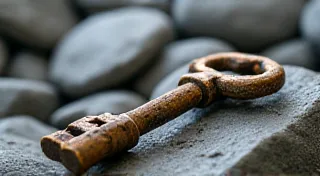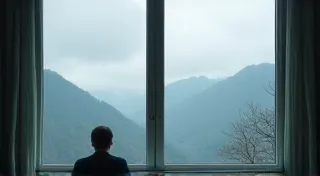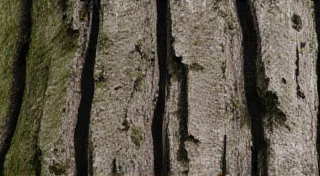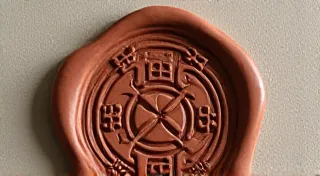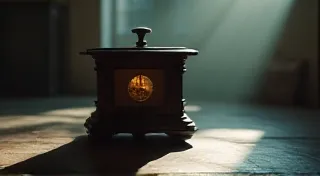The Sculptor’s Glass: Building Dimension with Etched Layers
There’s a quiet dignity to an antique bottle. More than just glass, they are vessels of history, whispers of a bygone era. Consider an old accordion bottle, its curves hinting at the musical joy it once held, the echoes of laughter and celebration clinging to its surface. My first foray into reverse glass etching was with just such a bottle – a faded green example salvaged from a dusty antique shop. I wasn’t just looking to decorate it; I wanted to imbue it with a deeper story, a sense of history and feeling. It was then I began to truly appreciate the power of layered etching to create the illusion of three-dimensionality. The allure of transforming these relics isn’t just about decoration; it’s akin to the work of an alchemist, breathing new life into the past.
Reverse glass etching isn’t simply about scratching a design onto glass. It’s about selectively removing layers, meticulously carving away at the surface to reveal a subtle depth and texture. Unlike traditional etching, which applies acid from the front, reverse etching involves applying a resist to the *inside* of the glass, creating a unique interplay of light and shadow. It's a delicate process, requiring patience, precision, and a profound respect for the material. The resulting effect invites one to consider how the form of the vessel might guide the artistic process – a concept echoed in approaches that prioritize allowing the bottle’s form to dictate the design.
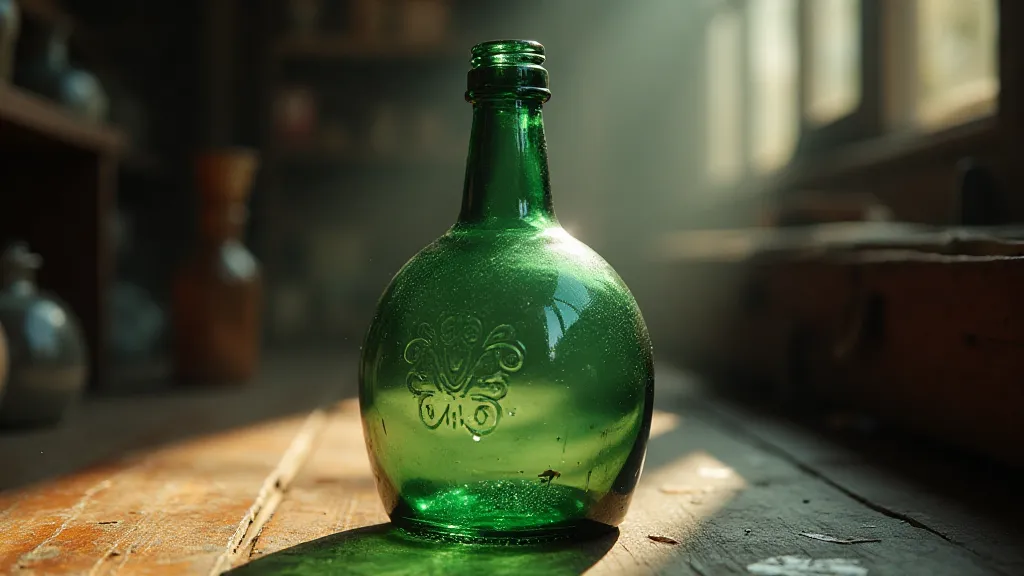
The Foundation: Understanding Layered Etching
The core concept behind creating depth with reverse glass etching is simple: create multiple layers of etching, each slightly more aggressive than the last. Imagine a landscape painter using multiple washes to build up the feeling of distance – the closest objects are the darkest and most detailed, while distant elements are lighter and more blurred. The same principle applies here. The initial layer might be a subtle outline, establishing the basic form. Subsequent layers then subtly carve into this foundation, creating a sense of contour and volume. The layering process itself highlights the artistry involved, a concept explored further in The Alchemist's Vessel: Transforming Ordinary Bottles into Treasures.
Consider a simple design: a stylized leaf. The first layer might etch just the main veins, leaving the leaf surface almost untouched. The second layer could then gently etch around these veins, creating a subtle shading effect. The third layer might focus on etching the edges of the leaf, creating the illusion of thickness and dimension. It's an incremental process, where each layer builds upon the previous, slowly revealing the desired three-dimensional effect. Mastering this technique isn’t about brute force; it’s about controlled subtlety.
Tools of the Trade: Beyond the Basics
While the basic equipment for reverse glass etching – glass bottles, etching cream, vinyl stencils, and a source of light – remains consistent, the tools for creating layered effects demand a higher degree of precision. Vinyl cutters, while not essential for beginners, become invaluable for creating intricate and precisely placed stencils. The ability to cut incredibly fine lines and complex shapes is crucial for achieving the subtle gradations necessary for layered etching.
Furthermore, experimentation with different resists is key. Different resists have varying thicknesses and chemical resistances, allowing you to control the depth of each etched layer with greater accuracy. Some etchants also react differently depending on the glass itself. Older bottles, often made with different glass compositions, can respond differently than modern ones. Keeping a detailed log of your materials and processes is vital for replicating successful results and troubleshooting failures. The best artisans aren’t just creating art, they are diligently documenting their journey.
The Beauty of Imperfection: Embracing the Antique
Working with antique bottles presents unique challenges. The glass is often thinner, more fragile, and prone to imperfections. Tiny bubbles and irregularities within the glass can affect the etching process, creating unexpected patterns and textures. While some might view these imperfections as flaws, I see them as opportunities – unique characteristics that add to the bottle's character and history. Successfully integrating these natural features is a testament to the artist’s skill – a delicate balance between control and acceptance.
The beauty of reverse glass etching, particularly when applied to antique bottles, lies in its ability to highlight these imperfections, to integrate them into the design. Instead of trying to eradicate them, embrace them. Let them become part of the story you are telling. A tiny bubble, perfectly positioned, can become a subtle highlight in your layered design. A slight wave in the glass can create a natural curve that informs the placement of your etched lines. These subtle nuances can evoke memories and feelings, transporting the observer to a different time.
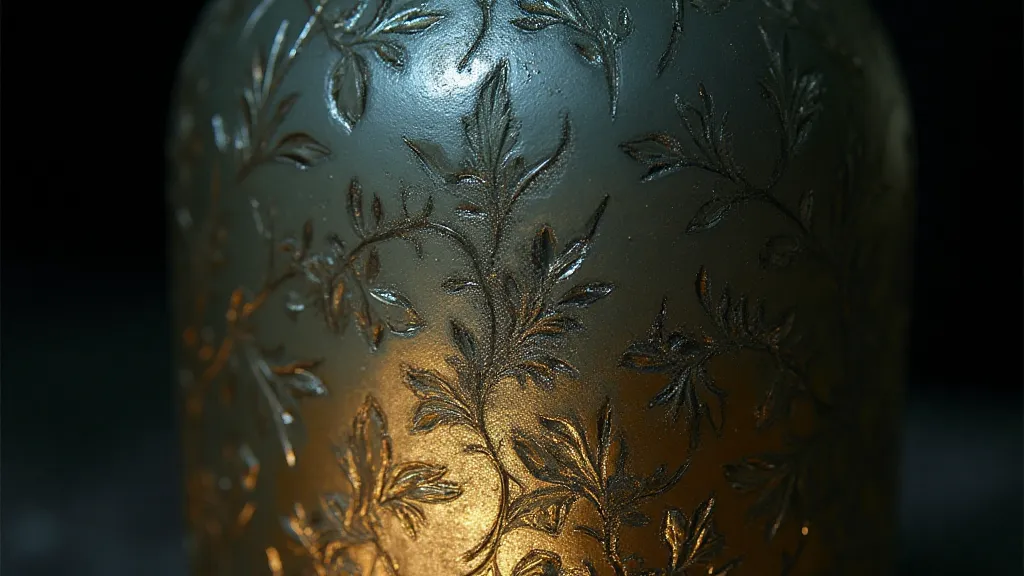
A Personal Journey: Lessons from the Accordion
My initial attempt to create three-dimensional depth on that first accordion bottle wasn’t a resounding success. The layers were uneven, the lines too harsh. But failure, as always, proved to be a valuable teacher. I realized that the key wasn’t just about layering; it was about controlling the *amount* of etching at each stage. I began experimenting with shorter exposure times, using diluted etching cream, and varying the thickness of my vinyl stencils. Understanding the chemistry and physics involved is crucial for achieving truly remarkable results.
The process taught me to slow down, to observe, to appreciate the nuances of the glass. It fostered a deeper connection to the history of these objects – the hands that shaped them, the journeys they’s taken, the stories they’s witnessed. Each bottle is a portal to the past, and reverse glass etching provides a unique way to interact with that history, to add your own chapter to its ongoing narrative. Consider how even faint markings or labels can be subtly recreated through etching – a technique explored further in Echoes in Amber: Recreating Vintage Bottle Labels Through Etching.
Beyond Decoration: Restoration and Collecting
Mastering layered reverse glass etching can also open doors to the fascinating world of antique bottle restoration. While full restoration is a complex topic involving cleaning, repair, and research, subtle etching can be used to enhance features or mask minor imperfections. However, it's crucial to approach restoration with respect and sensitivity. Any alteration to an antique should be done with the intention of preserving its historical integrity, not of creating a perfect replica. The application of color and light in conjunction with etching techniques can produce stunning effects – a realm of possibilities explored in Chromatic Subtleties: Integrating Color and Light in Etched Bottles.
Furthermore, a deeper understanding of reverse glass etching can enhance your appreciation for antique bottle collecting. Recognizing the hallmarks of skilled craftsmanship – the precision of the lines, the subtlety of the shading, the clever integration of imperfections – can help you distinguish genuine artistry from mass-produced items. The joy of collecting isn’t just about acquiring beautiful objects; it's about uncovering their stories and appreciating the skill and ingenuity of the artisans who created them.
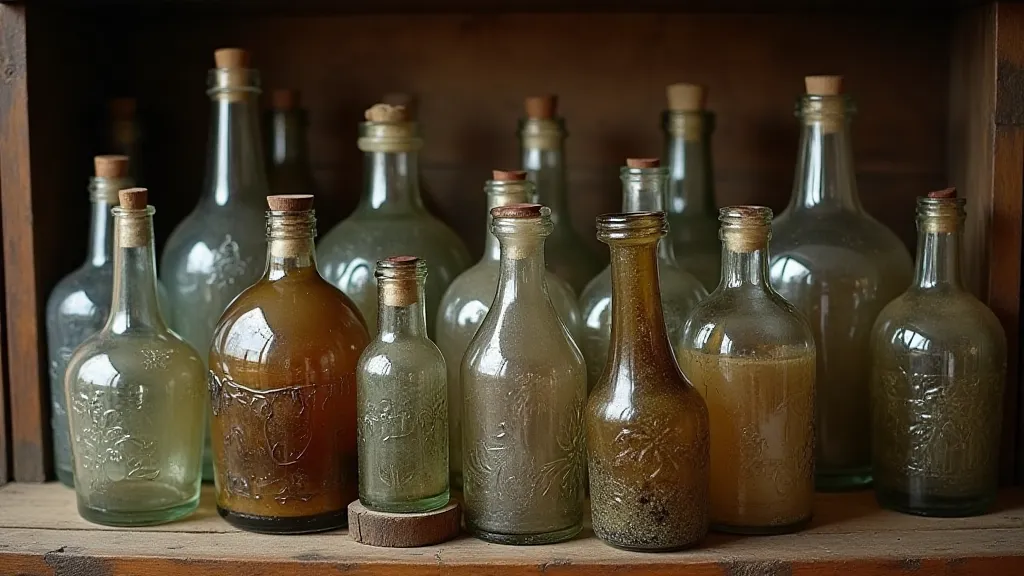
The Enduring Appeal
Reverse glass etching, particularly when applied to antique bottles using layered techniques, is more than just a craft; it’s a conversation between the past and the present. It’s a chance to add your voice to the ongoing narrative of these enduring objects, to imbue them with new meaning and beauty. It requires patience, precision, and a deep appreciation for the materials. But the rewards – the feeling of creating something truly unique, the connection to history, the joy of artistic expression – are immeasurable. The process offers a tangible link to traditions passed down through generations, a chance to contribute to a legacy of artistry and craftsmanship.
